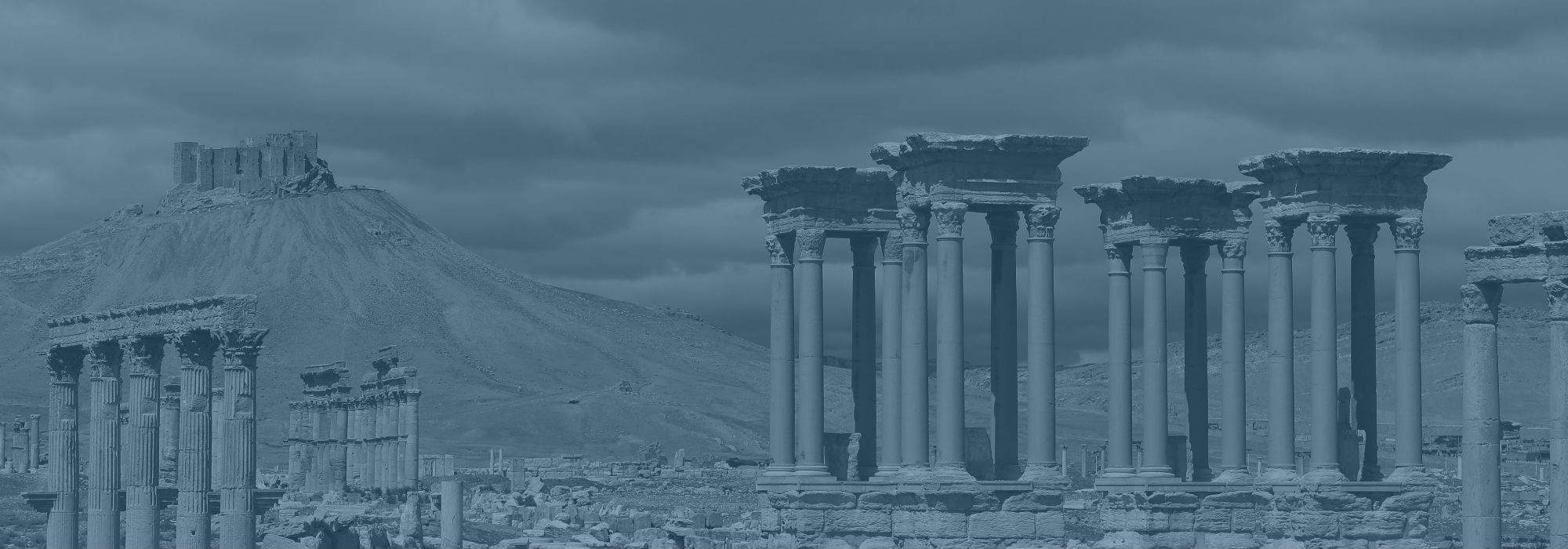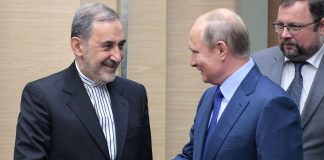By Jacob L. Shapiro
Summary The media is awash with triumphant stories of Bashar al-Assad’s regime retaking Palmyra from the Islamic State. The only problem with this narrative is that according to multiple sources, Palmyra was not retaken so much as it was given up. According to the BBC, the Institute for the Study of War (ISW) and the Syrian Observatory for Human Rights, IS withdrew from the city in the face of superior numbers and firepower, and saved the bulk of its force in the city to fight another day.
Palmyra is a strategically important town for both the Assad regime and IS, but not because it is a UNESCO World Heritage site. If there were more Roman ruins in Raqqa, the IS capital, no doubt the rest of the world would be more outraged over IS control there. For the Assad regime, Palmyra means strategic depth: if forces loyal to Assad hold Palmyra and can project force around the city, the major population centers of Hama and Homs are no longer on the front lines with IS. For IS, Palmyra is important because a strong force could use it as a base from which to cut east and separate IS forces in Syria from Iraq.
This is only the second time that the Assad regime has taken the fight to IS. The last time was in a regime offensive in Aleppo province last November, when, with Russian support, Assad’s troops were able to lift the IS siege on Kuweires air base. That victory was to be part of a larger operation that enabled Syrian regime forces to gain the upper hand against the rebels in Aleppo province. Now, the Assad regime is taking advantage of the (relative) quiet of the ceasefire with the Syrian rebels to take the fight to IS at a strategically significant point.
It would be a mistake to read too much into the capabilities of the Syrian army based on an Islamic State retreat from Palmyra. ISW notes that of the roughly 5,000 Assad-aligned forces on the ground in Palmyra, a significant number are not actually part of the Syrian army. They include hundreds of fighters from Iran’s Islamic Revolutionary Guard Corps, Iraqi Shiite militias, Hezbollah and others, all backed by continued Russian air support. Even if the reports are true – that Syrian government forces are in total control of Palmyra – it does not mean a uniform professional fighting force is about to continue the offensive. Taking Palmyra is the easy part. Maintaining long supply lines over hundreds of miles of desert to keep IS on the retreat is much more difficult.
This is not to dismiss the significance of IS retreating from Palmyra. When we laid out the Islamic State’s strategic position in December, we noted this area as one of IS’ key vulnerabilities. But that is one of the reasons we are cautious about viewing this as an outright victory for the Assad regime. IS faced an attack from a significantly augmented force. IS fought fiercely at first, but when it was determined that nothing could be gained from further engagement, commanders in Raqqa told their fighters to fall back and live to fight another day. It is unlikely this hodgepodge of various militias and forces intends to set up shop permanently in Palmyra. And it is impossible for the Assad regime to contemplate an offensive into the IS heartland. Fielding the forces necessary to undertake such an operation would leave Aleppo and the Alawite coast wide open to a rebel attack.
IS’ capitulation in Palmyra is not going to be permanent. In May 2015, when the Islamic State overran Palmyra, the Russians had not yet committed troops and air assets to support Assad, whose forces were on their heels from various rebel attacks in the north. IS seized Palmyra because it had the opportunity to do so, and it will wait for further opportunities to arise in the future.
In Iraq, when U.S.-backed Iraqi soldiers and Shiite militias took Ramadi from the Islamic State, it still took months for this coalition to control the entire city. Even then, control was achieved only because IS pulled back to the city of Hīt. According to the BBC, the sounds of battle can still be heard in the eastern parts of Palmyra. IS has had just under a year in Palmyra to lace the city with booby traps and other unwelcome surprises for newly entering forces. It is impossible to know how many fighters IS lost – numbers range from 25 to 400, depending on the source – but even if we accept the larger number, it still indicates IS pulled out the bulk of its forces.
For IS, the most important concern in Palmyra is not control over the city. IS has to make sure that a significant military force cannot use Palmyra as a staging ground for a major assault on more important IS territories or stop IS’ ability to move fluidly throughout the Syrian desert. The goal then for IS has been to engage in various spoiling attacks and guerrilla operations so that forces in Palmyra are more concerned about defense than offense. Even if Assad regime forces decided to undertake a broader offensive against IS, every mile ventured deeper into the Syrian desert would be another mile of the supply chain for IS to attack.
So while the West decries the destruction of historic ruins and the media celebrates the “symbolism” of this IS defeat, this outcry has not made IS any weaker. The only way to truly affect IS strength is through engagements on the battlefield that it cannot win. And no matter the composition of the force that has put IS on the defensive, the ostensible leader of that force is Assad. Assad has been many things to the West in recent years – from predictable dictator to civilian-killing pariah and now to hero/reliable ally in the fight against the Islamic State. On March 24, U.S. Secretary of State John Kerry traveled to Moscow and met with Russian President Vladimir Putin and Foreign Minister Sergey Lavrov. In the press conference afterward, Kerry noted that he believed Russia was “going to try to get President Assad to make the right decision over these next days to engage in a political process that results in a genuine transition and in peace in Syria.” Now, three days later, Assad can claim an important victory against the Islamic State.
All of this is happening in the context of a complex dialogue between Russia and the U.S. about not just Syria but Ukraine. The better Assad looks to the world, the less reason there is for the U.S. to insist on his removal in any potential larger settlement. Kerry spoke of Assad making the right decision. Assad seems to have responded by starting a completely different conversation about why he is valuable to the U.S. in its fight against IS. The U.S. has in recent weeks assassinated senior IS leaders and is laying preparations to support Iraqi and Kurdish fighters in what will be a bloody battle to attempt to retake Mosul. The U.S. is also backing the Syrian Democratic Forces to exert pressure on IS from the north. But the rest of Syria, it seems, is being left to Assad and to the Russians. The U.S. has to continue to say it doesn’t like Assad because of what he has done in the past, but no matter what the U.S. says, either directly or indirectly, Assad has become a partner in the fight against the Islamic State.
And so forces loyal to Assad now have control over Palmyra because Islamic State was unable to fend off the Russian-backed onslaught. Meanwhile, the rehabilitation of Assad’s image continues and the world rejoices that UNESCO World Heritage sites are out of IS hands, at least for the moment. But the salient point is that even though IS could not win in Palmyra over the past three weeks, it hasn’t lost either. IS has decided to withdraw to more defensible positions. It is biding its time and planning its counterattack.







 2025 Forecast: The World Without an Anchor
2025 Forecast: The World Without an Anchor